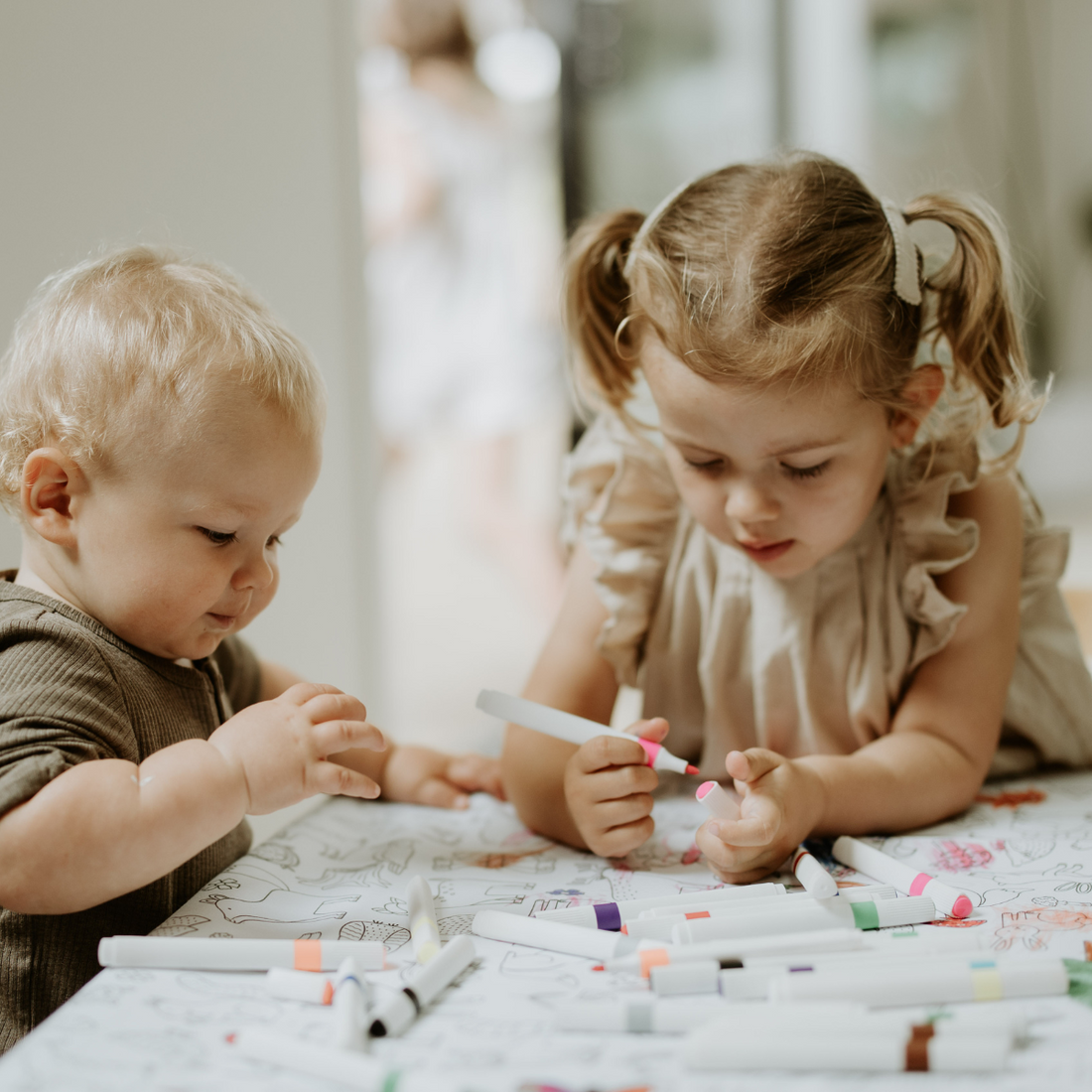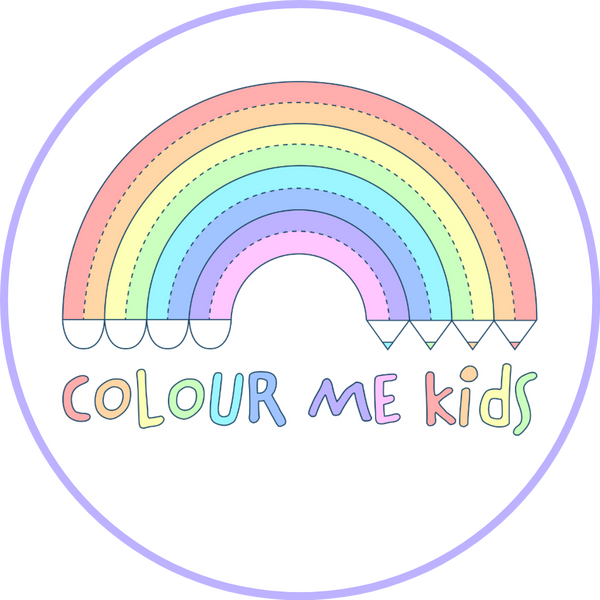
The Role of Colouring in Early Childhood Development
Share
Colouring is more than just a fun activity for children; it is a cornerstone of early childhood development. Through the simple act of holding a crayon or marker and bringing a blank page to life with colour, children engage in a rich learning experience that supports critical developmental milestones. Insights from educators highlight the profound impact colouring has on fine motor skills, hand-eye coordination, and creativity.
Building Fine Motor Skills
Fine motor skills refer to the coordination of small muscles in the hands and fingers, essential for tasks like writing, buttoning, and tying shoelaces. Colouring activities encourage children to grip colouring tools, control their movements, and apply pressure, all of which strengthen these muscles.
Research published in the Journal of Occupational Therapy, Schools, & Early Intervention found that consistent colouring activities improve fine motor skills in preschool-aged children, laying the foundation for later academic tasks. “Colouring is a foundational activity for developing the dexterity children need for later skills like handwriting,” says early childhood educator Maria Lopez. “It’s about more than staying within the lines—it’s about building strength and control.”
Parents and caregivers can support this development by providing age-appropriate tools. Chunky crayons or triangular barrelled markers are ideal for younger children as they’re easier to grasp, while older children can benefit from thinner tools that encourage a refined grip. Over time, these seemingly simple activities lay the groundwork for more complex tasks requiring fine motor precision.
Enhancing Hand-Eye Coordination
Hand-eye coordination is a crucial skill that enables children to synchronize their visual input with their hand movements. Colouring is a natural way to hone this ability. As children focus on filling a specific area with colour, they develop the coordination needed for activities such as cutting with scissors, catching a ball, or assembling puzzles.
A study in Early Childhood Research Quarterly highlights that activities like colouring improve spatial awareness and fine motor control, critical for early learning. “When children concentrate on keeping their colouring within the lines, they’re not only practising focus but also improving their spatial awareness and control,” explains preschool teacher Emily Carter. “These skills are transferable to so many aspects of their daily lives.”
Encouraging children to colour complex designs or smaller spaces can further refine their coordination. Parents might also consider using reusable colouring materials, like washable ablecloths, which add an eco-friendly twist to this developmental activity while allowing for repeated practice.
Fostering Creativity and Self-Expression
Creativity is a vital component of childhood development, allowing children to explore their emotions, ideas, and imagination. Colouring provides a safe space for self-expression, whether a child chooses to fill a page with vibrant hues or experiments with patterns and shading.
“Colouring helps children explore their individuality,” says child psychologist Dr. Sarah Mitchell. “The colours they choose and the way they interpret a design can give us insight into their thoughts and feelings.”
Research from the International Journal of Art & Design Education underscores the role of creative tasks in fostering problem-solving skills and emotional regulation. Educators often use open-ended colouring activities to stimulate creativity, encouraging children to think outside the box. For instance, a blank colouring in cloth can transform into a collaborative storytelling session at the dinner table, as children and adults contribute to a shared masterpiece. Activities like these not only foster creativity but also strengthen family bonds and promote meaningful conversations.
Colouring as a Learning Tool
Beyond motor skills and creativity, colouring can serve as an educational tool. It introduces concepts like colours, shapes, and patterns and can even support early literacy and numeracy. For example, colouring sheets with numbers or letters help children familiarize themselves with these symbols in a playful, stress-free context.
Reusable colouring products, such as those designed for collaborative or solo use, add an extra dimension to learning. These tools can be tailored to specific themes or topics, such as animals, seasons, or cultural celebrations, offering opportunities for children to explore the world around them.
Tips for Maximising the Benefits of Colouring
- Provide Variety: Offer a range of colouring materials and designs to keep children engaged and challenged.
- Make It Social: Encourage collaborative colouring activities to build teamwork and communication skills.
- Incorporate Learning: Use colouring that align with educational themes or milestones.
- Go Green: Choose reusable materials to reduce waste and instill environmentally friendly habits.
Colouring is a powerful tool in early childhood development, supporting fine motor skills, hand-eye coordination, and creativity in an accessible and enjoyable way. By providing children with the right materials and opportunities, parents and educators can nurture these essential skills while fostering a lifelong love for creative expression. Whether it’s through solo colouring sessions or collaborative family projects, the benefits of this simple activity extend far beyond the page (or cloth!)






